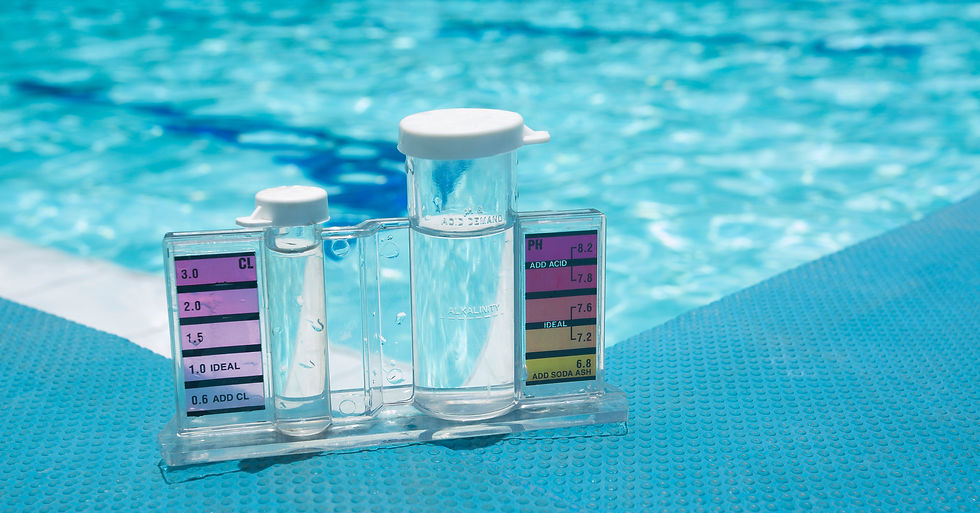Exploring Full Factorial Design: How Independent Variables Influence Outcomes
- Keivan Heidari

- Jul 3
- 4 min read

A full factorial Design of Experiments (DOE) is a systematic method for conducting experiments. This technique involves varying the controllable factors (independent variables or inputs) in your process at different levels to examine their effects on a response variable (dependent variable or output). This article will explore various DOE approaches, with a focus on the full factorial design. We will highlight the advantages of using the full factorial design and provide best practices for conducting a successful experiment.
Understanding a Full Factorial DOE
As mentioned earlier, a full factorial DOE design is one of several methods used to plan and conduct an experiment to assess how different input levels affect your outputs. The DOE aims to identify the input levels that will optimize your outputs.
For instance, if the desired output is the thickness of the coating applied to a metal sheet, the main process variables to consider are speed, temperature, and viscosity of the coating. Which combination of speed, temperature, and viscosity will yield an optimal and consistent thickness on the metal sheet?
When evaluating three variables—speed, temperature, and viscosity—how many unique combinations need to be tested to comprehensively explore all possibilities? Which combination of speed, temperature, and viscosity will produce the best coating thickness? Testing every possible combination of factors is called a full factorial design. The minimum number of experiments needed is called Runs.
We can determine the total number of unique factor combinations using the straightforward formula: Runs = 2^k. Here, k represents the number of variables, and 2 denotes the number of levels, such as (high/low) or (400 rpm/800 rpm). In our coating example, this design is referred to as a 2-level, 3-factor full factorial DOE. The number of runs is calculated as 2^3, or 2 × 2 × 2, resulting in 8 total runs. There are alternative designs available, such as fractional factorial designs, which utilize only a portion of the total runs. This fraction can be one-half, one-quarter, one-eighth, and so on, based on the number of factors or variables.
Advantages of Conducting a Full Factorial DOE
Conducting a full factorial instead of a fractional factorial or another screening design offers several advantages.
You Can Identify the Primary Effects
Main effects refer to the influence of each factor on the output or response variable. In our example, a main effect would be the change in coating thickness, which would be due to speed alone if we altered the run speed from 400 rpm to 800 rpm.
You Can Assess How Interactions Impact the Response Variable
An interaction occurs when the impact of one factor on the response varies depending on the level of another factor. In our example, if the speed is set to 800 rpm, what temperature should be used to optimize the coating thickness? Conversely, what temperature is ideal if the speed is 400 rpm?
The Best Values for the Independent Variables Can Be Determined
The comprehensive full factorial analysis will determine the optimal settings or levels for speed, temperature, and viscosity to enhance our coating thickness. An example solution might be: Operate the machine at 400 rpm, with a temperature of 350 degrees, and a coating viscosity of 6,000 cps.
Why Is Understanding a Full Factorial DOE Important?

Relying on intuition to determine the best settings for your process variables or factors is inadequate if you aim to comprehend how these factors affect your output. Trial and error might overlook crucial or optimal combinations, potentially resulting in a process or product that is not fully optimized.
Understanding the Complete Impact of Your Variables on the Process is Essential
Your process variables influence your output in various ways. It's essential to have a comprehensive view.
The World Consists of More Than Just Main Effects
As previously mentioned, the primary effects refer to the individual influences of each factor on the outcome. However, the world is more intricate, and most results arise from interactions, not merely from primary effects.
Express Your Conclusions with Statistical Confidence
Statistics allow you to identify the main effects, interactions, and other results of a full factorial DOE. Therefore, decisions are made based on statistical significance instead of intuition or guesswork.
Best Approaches for Evaluating a Full Factorial DOE
Conducting a DOE requires careful planning and discipline. Without proper attention, your experiment's results may become compromised and unreliable.
Precisely Define Your Factors and Desired Outcomes
Identify the key factors and determine how you will evaluate them.
Reduce the “Noise”
As you are focused solely on the effect of your selected factors on the response, eliminate any other factors that could interfere with your experiments. Manage and reduce any additional factors in your environment to prevent them from unintentionally influencing your experiment.
Consider Screening Experiments When Suitable
When dealing with a significant number of potential factors, conducting numerous runs can become expensive and time-consuming. To efficiently identify the factors that are not significant, consider using suitable screening experiments, such as a fractional factorial.
Additional Helpful Tools
A full factorial DOE is just one of the tools available to you. Being thoroughly prepared is beneficial when conducting any analysis. Therefore, you may want to explore the details of upper control limits. This useful metric helps you identify when things are deviating too much from specifications.
Moreover, if you're having trouble making a decision, there are several strategies you can explore to help you. One of the most effective tools available is the Pugh Matrix. This approach facilitates agile decision-making, making it an essential component of your toolkit.
Overview: Comprehensive Factorial Design of Experiments (DOE)
Designed experiments, especially a full factorial DOE design, are effective statistical methods for understanding your process and optimizing your output. However, it's essential to approach DOE with careful planning and discipline to ensure the results are significant.
In a full factorial DOE, you start by identifying the output you aim to enhance and the factors or variables you think influence this output. After pinpointing the factors, decide on the levels or settings you wish to investigate and calculate the number of distinct combinations of these factors and levels.
Once your experiment is complete, you'll typically utilize a statistical software package to examine your results. This will allow you to statistically identify the primary effects of your factors, the interactions among the factors, and the optimal levels or settings.




Comments